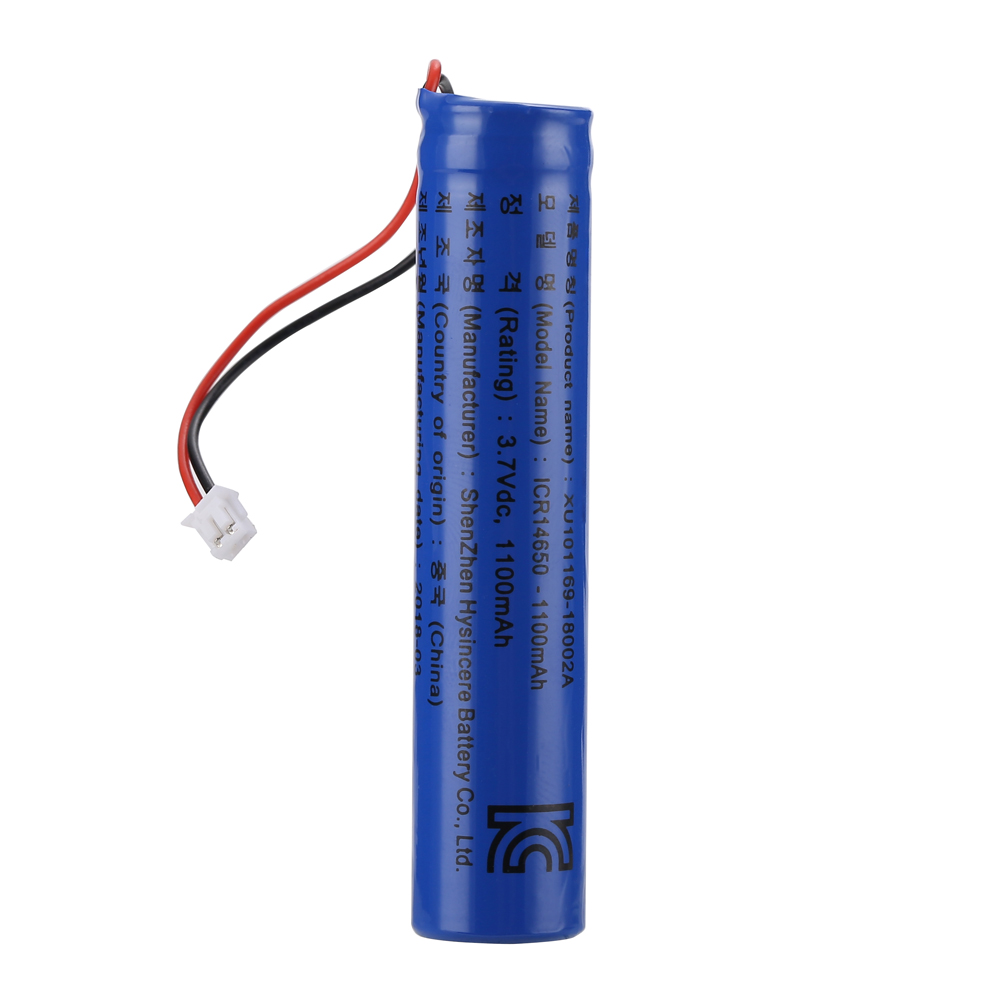source:other news
release time:2022-11-10
Hits:0
Popular:

(1) Batteries are ubiquitous in our life, and we almost ignore them. But in the long and legendary prehistoric era, they are extraordinary creations, and they have the same bright future. Battery is essentially a device that converts stored chemical energy into electrical energy. Basically, the battery is a small chemical reactor that reacts with high-energy electrons ready to flow to external devices. The battery has been around for a long time. In 1938, the curator of the Baghdad Museum found a fort in the basement of the museum, which is now called the Baghdad Fort. Its origin and location can be traced back to Mesopotamia around 250 BC. There are many arguments about the initial battery, from electroplating to pain relief to religious punishment. Benjamin Franklin, an American scientist and inventor, first used the word "battery" in 1749, when he used a series of capacitors for experiments. In 1800, Italian physicist Alexander Rove created the first real battery. Volta stacked round copper and zinc sheets together and separated them with linen soaked in salt. At this time, as long as two metal wires are in contact with any two metals, a continuous and stable current will be triggered. The voltage of each unit (a set of copper, zinc and salt water) is 0.76 volts. If you stack the batteries together, you will get multiple charges. One of the oldest batteries is the lead-acid battery invented in 1859. Most cars using internal combustion engines still use lead-acid batteries. For example, it is the oldest rechargeable battery. Today's batteries vary in size, from megawatts used to store energy in solar power plants or substations to miniature batteries used to power electronic watches throughout villages or islands. The battery is based on different chemicals, and the battery voltage of these substances is generally between 1 and 3.6 V. The batteries are connected in series to increase the voltage and connected in parallel to increase the current. This principle is used to realize the required current and voltage, reaching megawatt level.
(2) How does the battery work? When the battery is discharged, the chemical reaction inside the battery generates electric energy. A chemical reaction, such as iron oxide, that attacks electrons to prevent rust. Iron oxide appears in the attack reaction of iron and oxygen and the attack transmission of electrons and oxygen. The battery specification is to use two different metals or compounds, which have different electrode potentials and are separated by porous insulators. Electrode potential is the energy stored in atoms and compounds, which is used to carry electrons when connected to available external devices. In chemical reactions, conductive liquids, such as brine and aqueous solutions, used to make soluble ions flow from one metal to another are called electrolytes. The metal or compound that loses electrons during discharge is called cathode, while the metal or compound that receives electrons is called anode. Electrons flow from the anode to the cathode through external connections, which we use to operate electronic equipment. The irreversible chemical reaction process of electron flow between primary battery and rechargeable battery is called primary battery. The battery runs out after the reactant discharges.
(3) The most common primary battery is the carbon zinc battery. When the electrolyte is alkaline, the battery life is longer. We buy alkaline batteries from the supermarket. The biggest challenge in dealing with these cells is to find ways to reuse them. As more and more batteries are used, frequent battery replacement becomes uneconomical, and battery handling becomes more and more important. The earliest rechargeable battery, nickel cadmium battery (NiCd), also used alkali as electrolyte. Except for the nickel metal hydride battery developed in 1989, its service life is longer than that of nickel cadmium battery. These types of batteries are very sensitive to overcharging and overheating during charging, so the charging rate is controlled below the maximum charging rate. This complex controller speeds up the charging process and saves charging time. For most simple chargers, the charging process takes all night. Portable applications such as mobile phones and laptops have been looking for high-capacity charging devices. Although this will increase the risk of severe discharge, it can be controlled through the current limiter of the mobile phone battery.
Read recommendations:
lithium trolling motor battery price
lithium trolling motor battery
12V 400Ah LiFePo4 Lithium Replacing Lead-acid Battery Pack
Polymer lithium -ion battery charging.lithium deep cycle marine battery manufacture
What causes lithium batteries to fail to recharge?

Last article:Is the 48V lithium-ion battery charger universal? How long is the life span?
Next article:Battery manufacturer's test method for testing the quality of lithium battery pack
related suggestion
marine battery for trolling motor sales
2023-04-07lithium deep cycle marine battery price
2023-03-22dual purpose marine battery wholesaler
2023-04-07lithium golf cart batteries wholesaler
2023-03-22lithium deep cycle marine battery price
2023-03-22solar batteries for home wholesale
2023-03-20deep cycle marine battery
2023-05-08best deep cycle marine battery
2023-05-08solar powered generator for home
2023-05-08power station solar
2023-05-08best battery for home inverter
2023-05-08solar battery storage system
2023-05-085kWh Household Energy Storage System 51.2V 100Ah Battery LiFePo4 for Solar Power
2022-09-2914.4kWh 28.8kWh 100kWh Sodium Ion Battery Energy Storage SIB Pack System
2024-07-05Smart Home Device Lipo Battery Cell Pack 3.7V
2023-02-1421700 3.7V Lithium Ion Battery 4800mAh 3C
2025-06-05Lithium Ion Battery 18650 Pack 10.8V 2600mAh
2025-05-10Choosing the Best 21700 Battery for Flashlights: A Professional Buyer's Guide
2025-05-21Choosing the Right 36V Battery Solution for Industrial and Commercial Applications
2025-03-14Sodium-Ion 18650 Batteries: A Promising Alternative to Lithium for Industrial Applications
2025-06-25Balanced principle of battery pack
2023-02-15How to choose FPV batteries?
2023-02-22Basic concepts related to lithium battery charging and discharging.home solar battery system
2023-07-03Battery over discharge to zero voltage test.24 volt marine battery
2023-07-20What is 3C lithium-ion battery and what is its harm
2022-12-14What are the functions of the battery management system?lifepo4 battery 12v 200ah
2023-03-17Lead–acid battery.whole house solar generator
2023-07-04